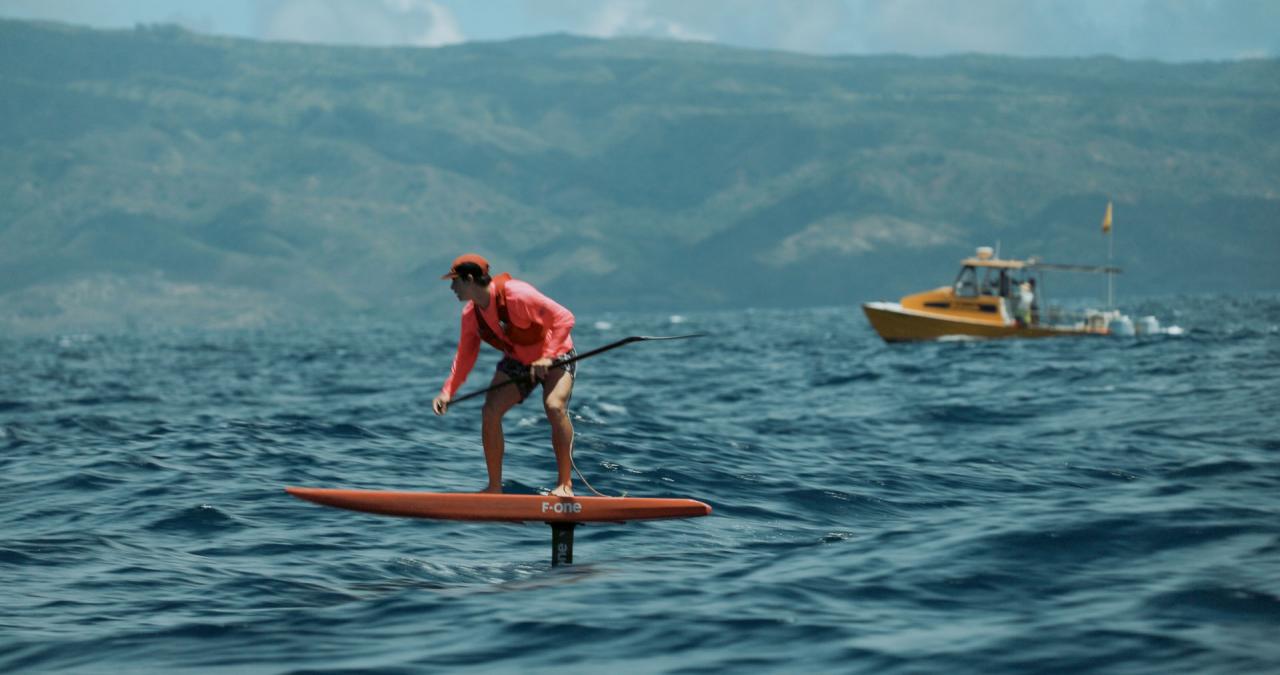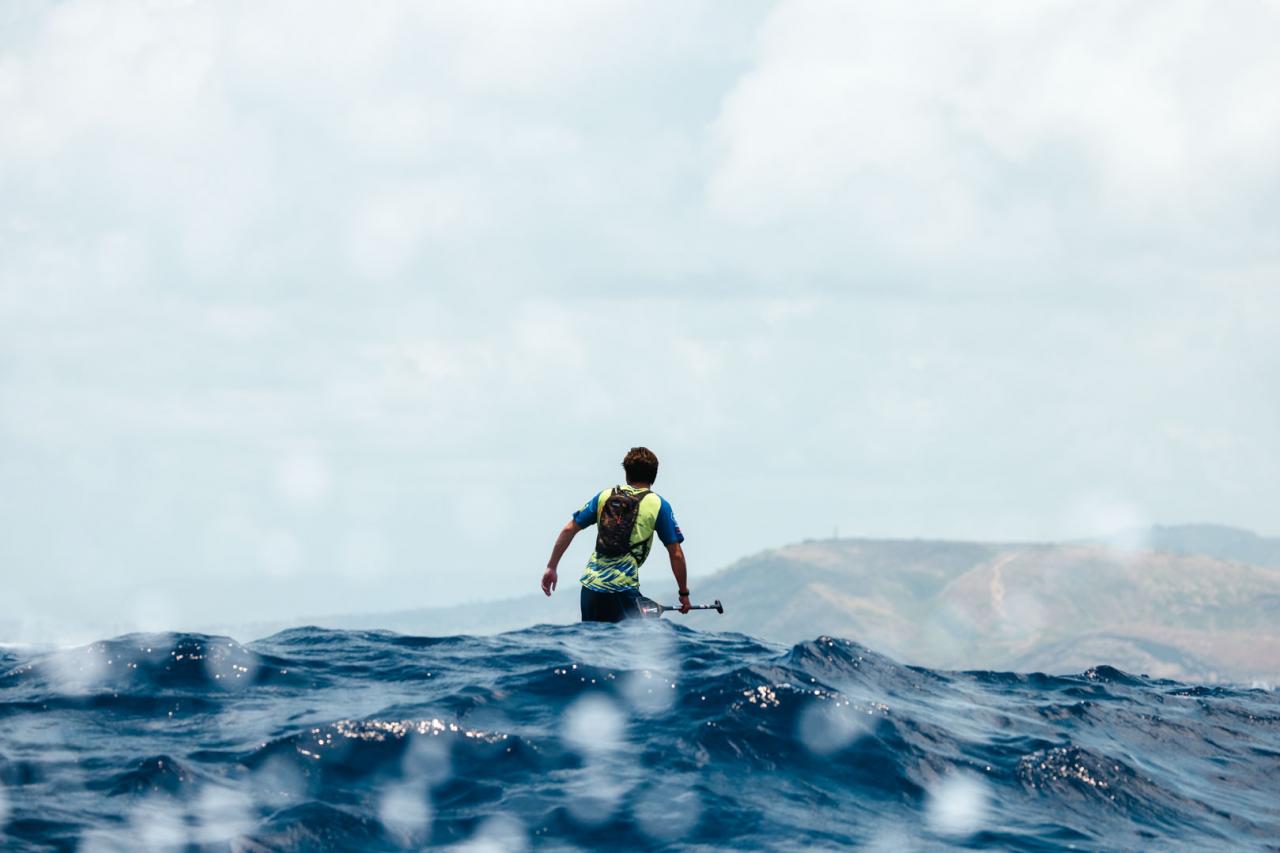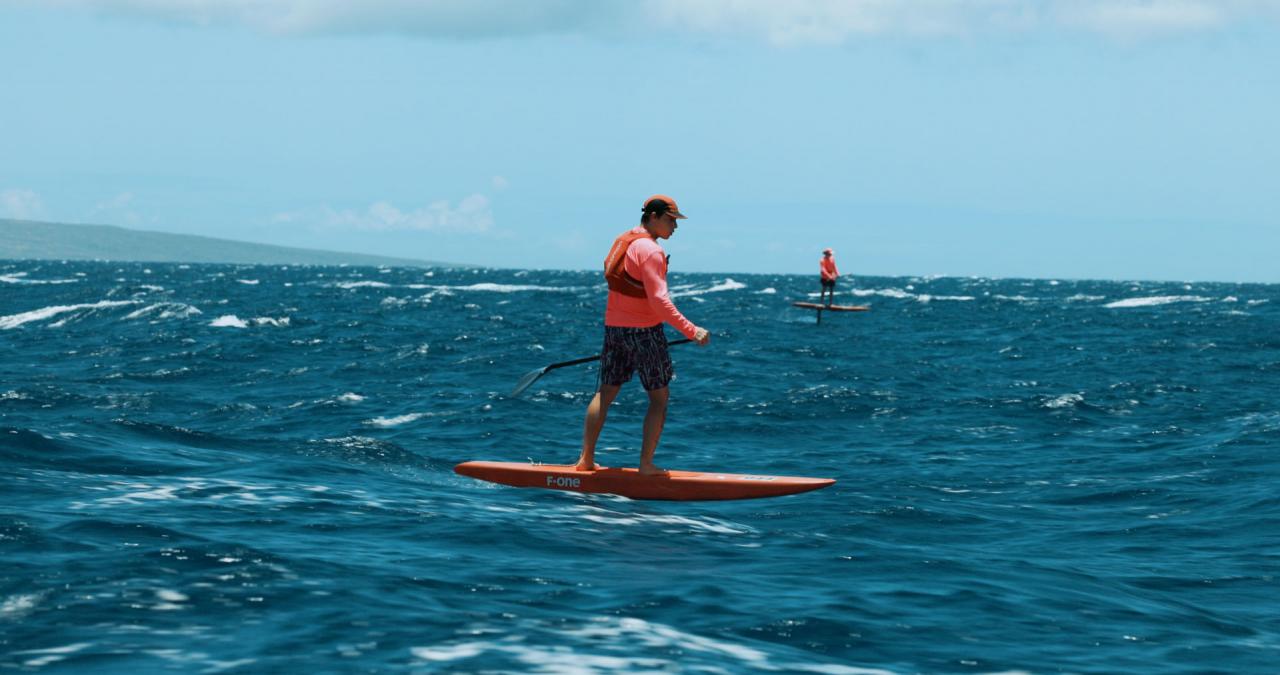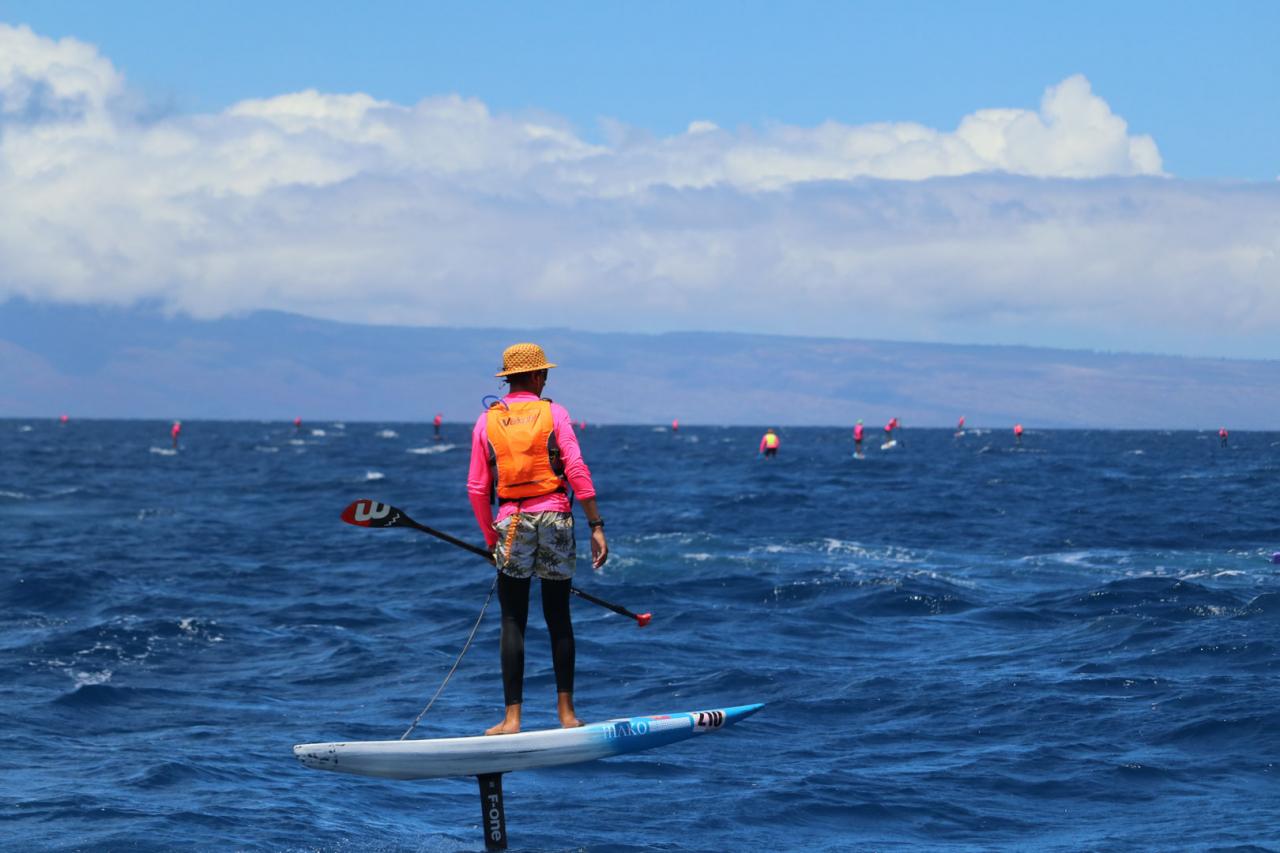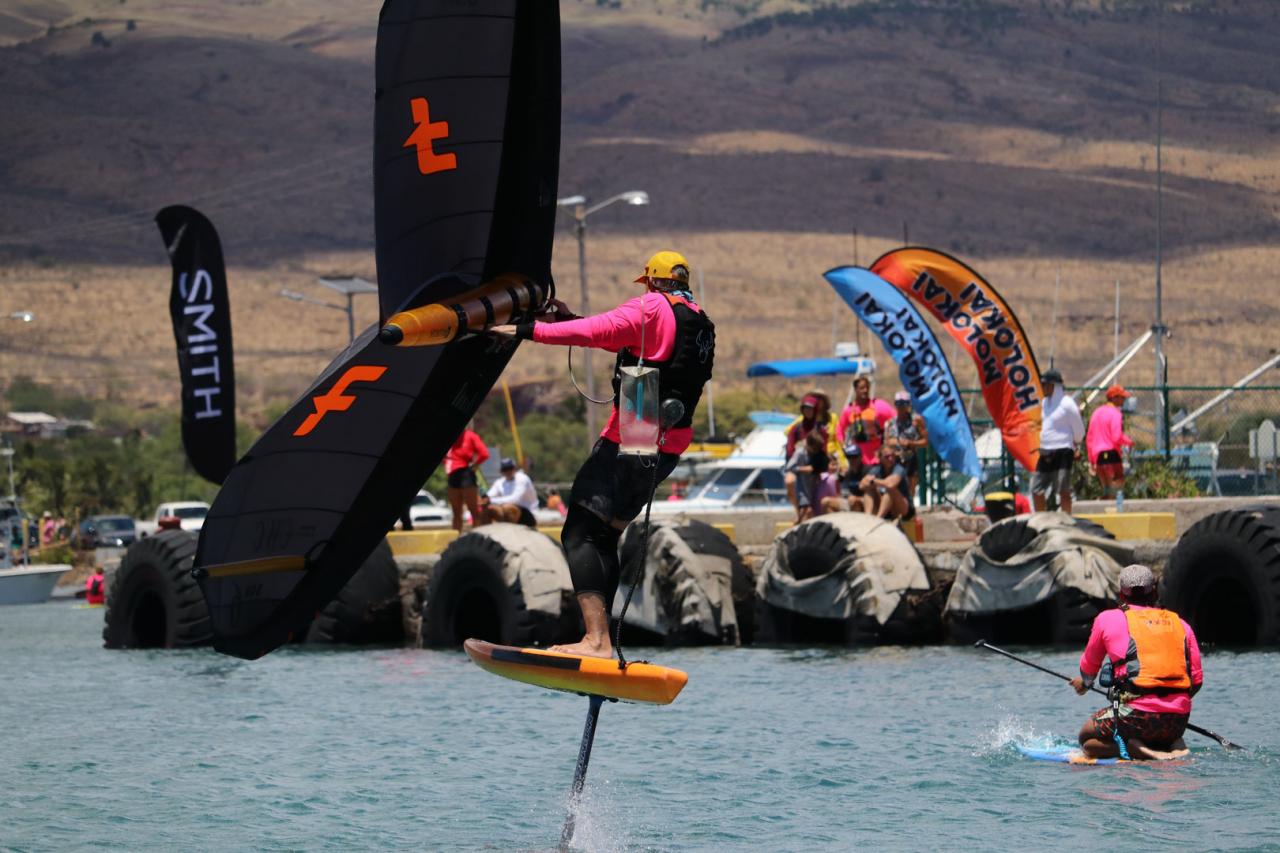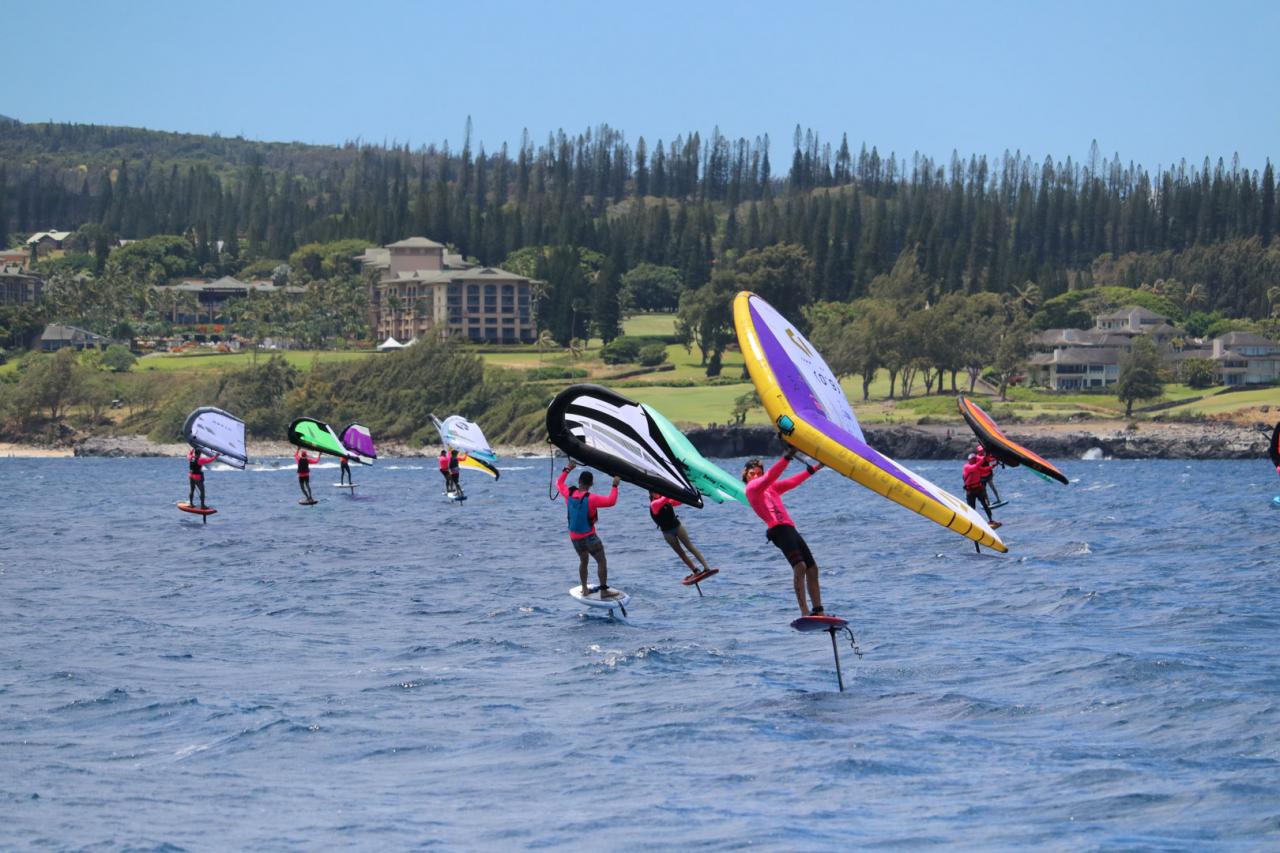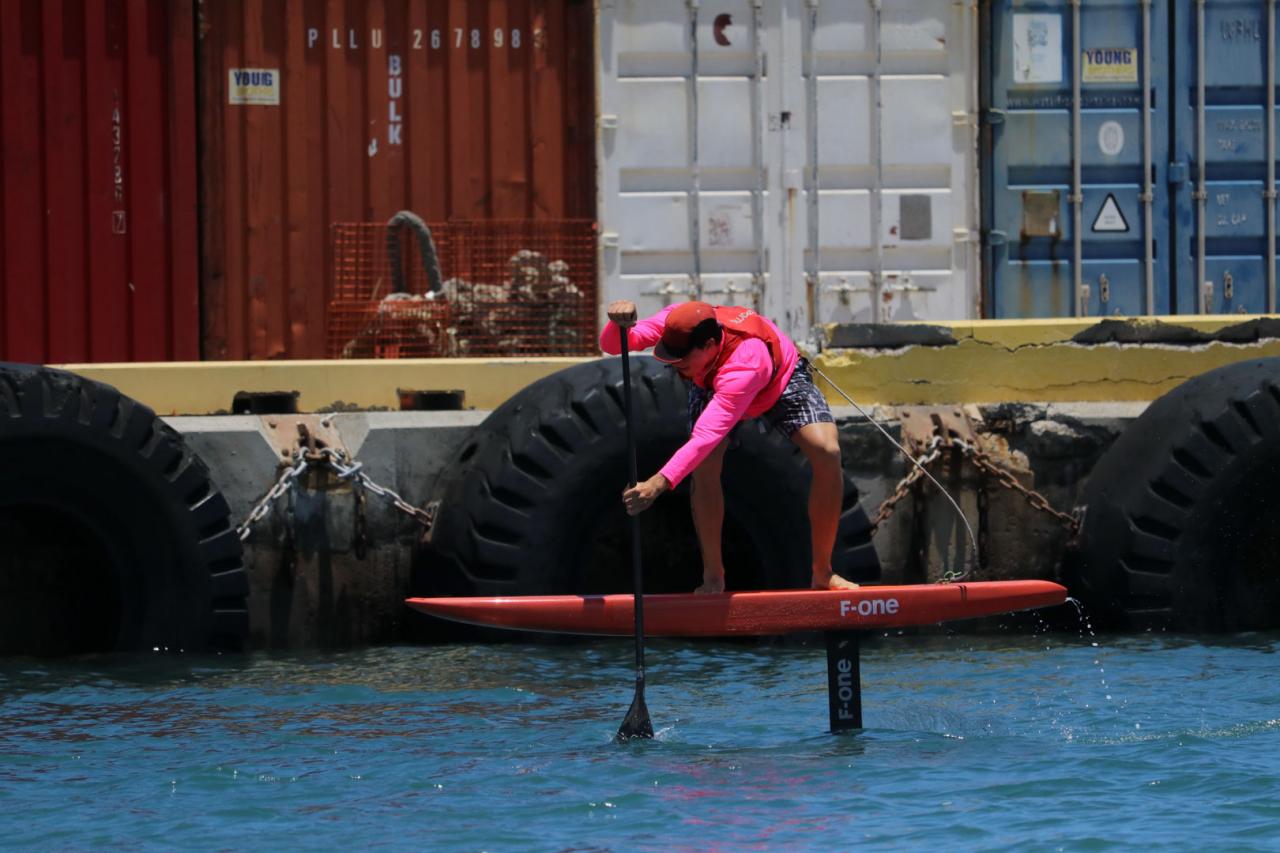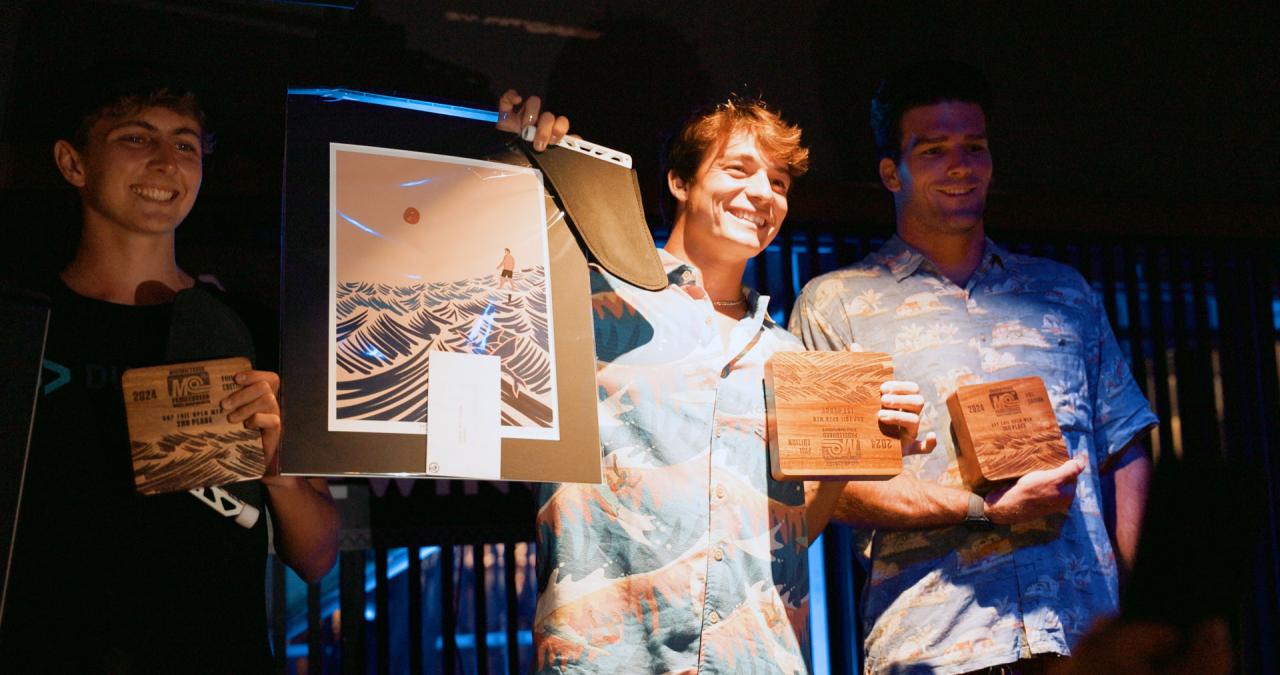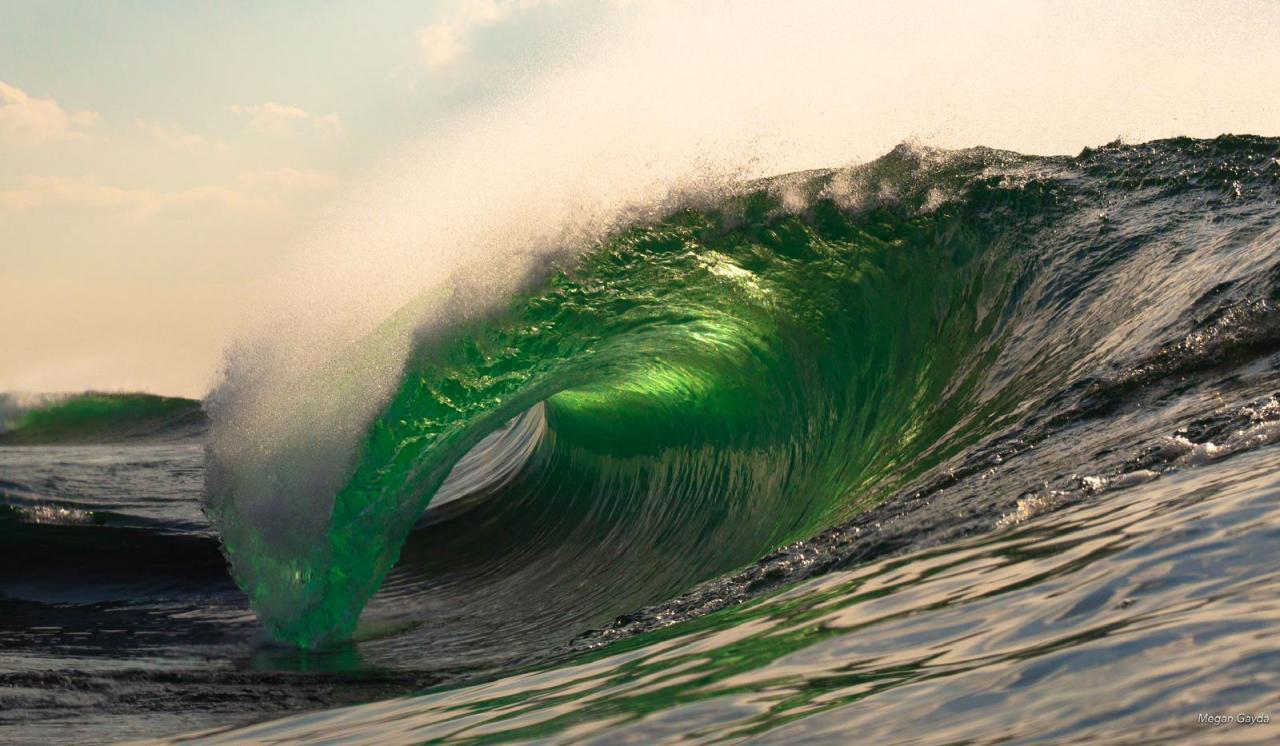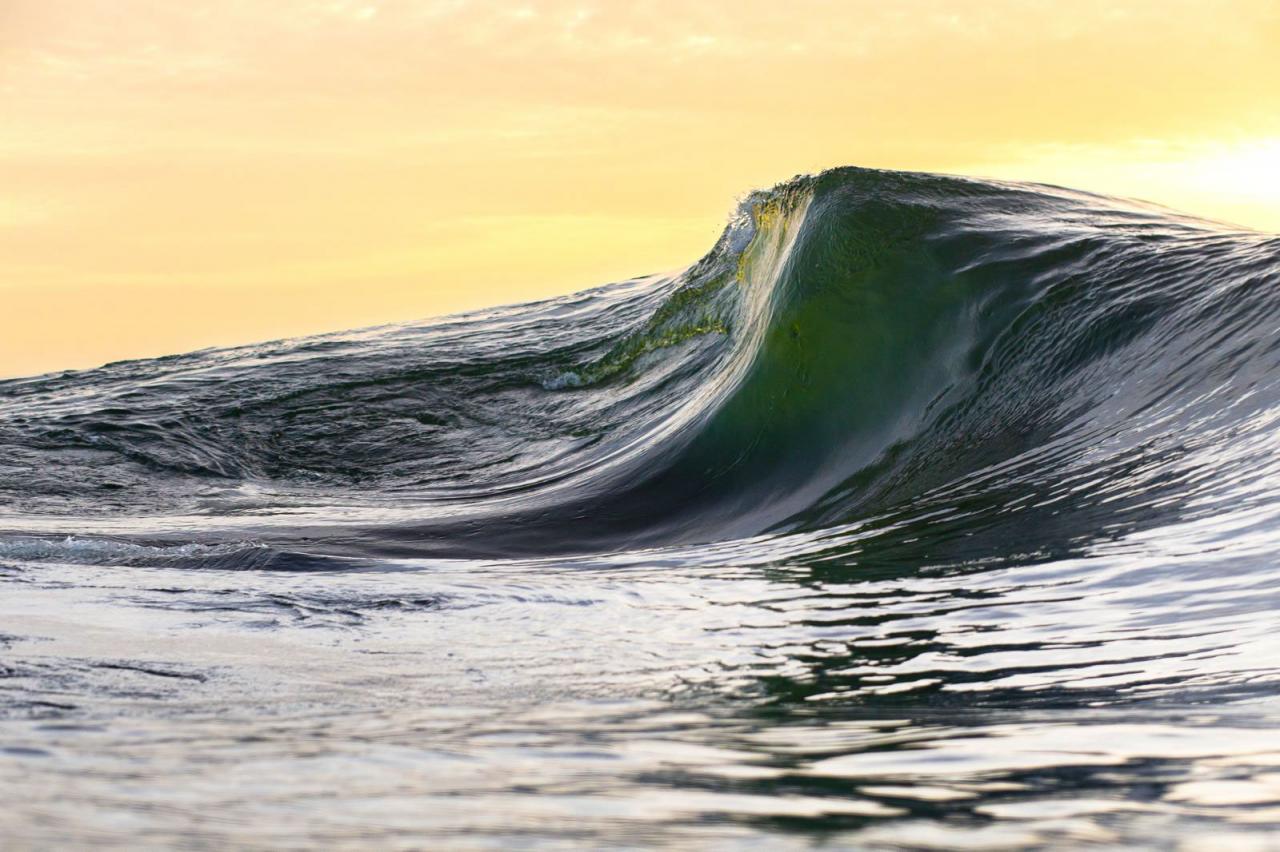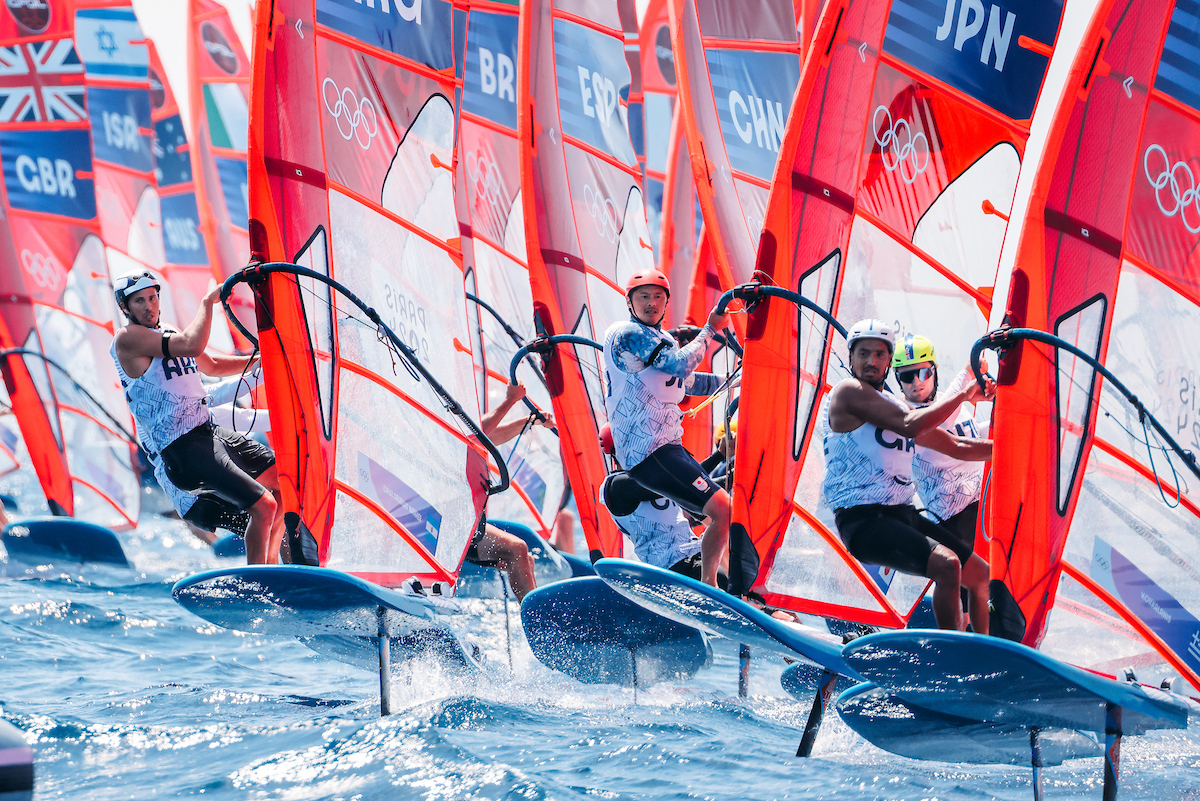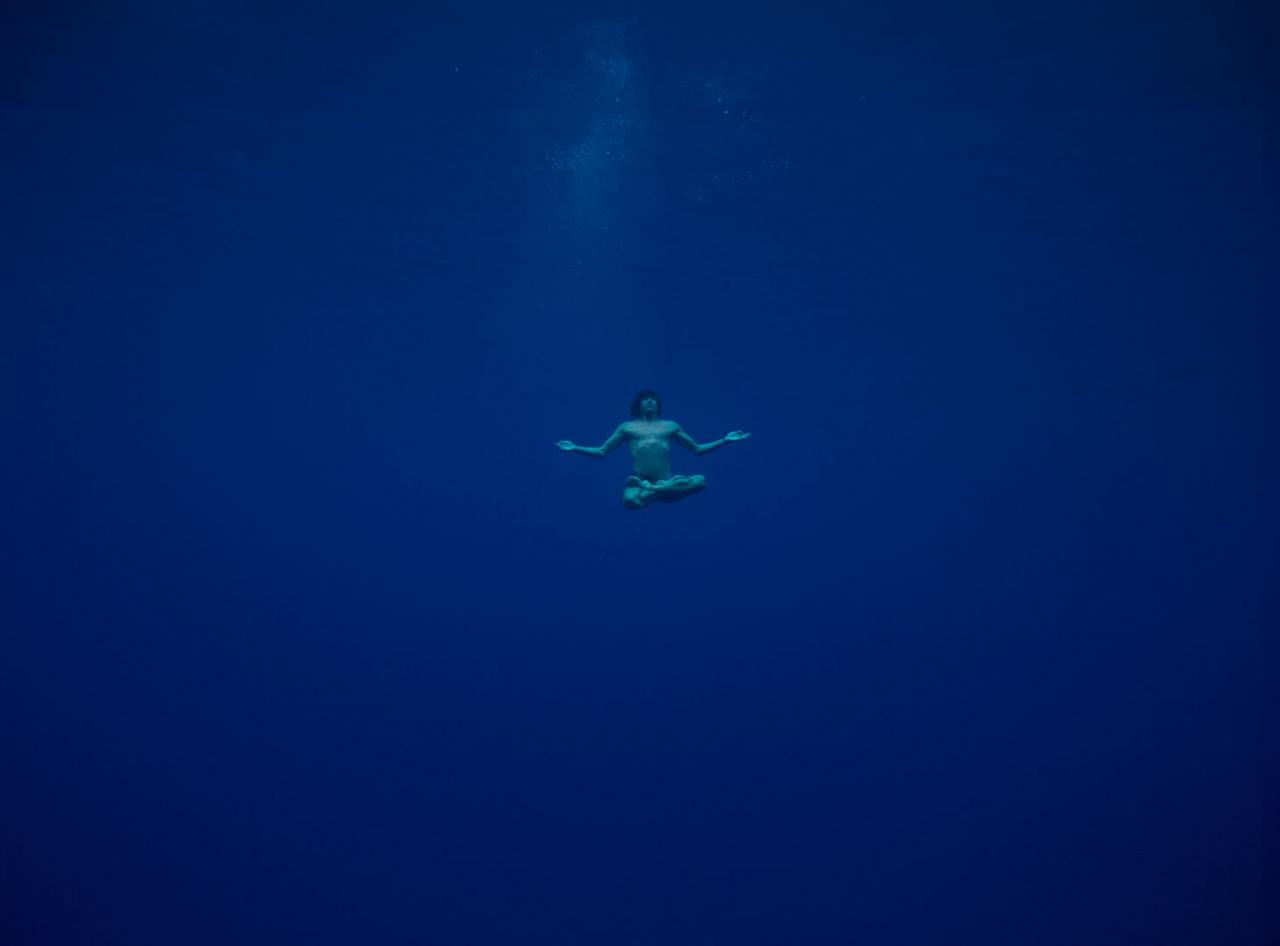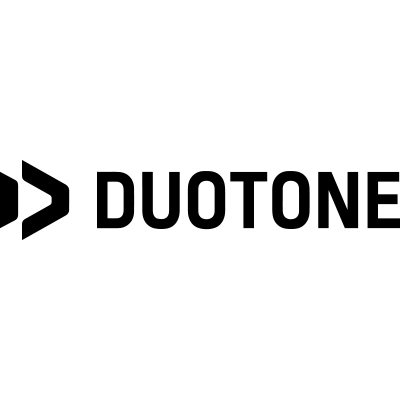The exciting, new Koa Kai Triple Crown launched this year combines three classic Hawaiian downwind foiling courses connecting the islands of Maui, Molokai and Oahu to represent the ultimate test of a contestant's skill, endurance and speed while spanning over 70 miles of downwind racing over one incredible week of competition. In order to compete in this ultimate foiling challenge, participants were required to race the same craft (SUP downwind foil or wing foil) across three separate events where their cumulative time was combined to rank athletes for the final awards. The fastest time at the end earned the coveted title of Koa Kai Triple Crown champion for both men and women.
The Koa Kai Triple Crown captured the world’s foiling community by combining three powerful competitions across Hawaii including,
The Paddle IMUA - an 8-mile race from the Maliko Gulch to Kanahâ Beach on Maui benefitting children with special needs in the local community,
The famed Maui to Molokai (M2M) - a 27-mile crossing of the Pailolo channel benefitting Molokai Youth organizations; and
The legendary Molokai to Oahu (M2O) challenge - a 40-mile rite of passage and crossing of the Kaiwi channel representing the ultimate test of a waterman or waterwoman’s skill and experience.
The foiling division for each of these three events showcased the meteoric rise in popularity and athleticism in the disciplines of wing foiling and downwind SUP foiling. The explosion of energy around the Triple Crown consisted of 100 participants to race across all three events with the youngest competitors logging in at age fourteen with Bobo Gallagher and Kaiwi Loui and the eldest racers being Ken Winner (68) and Cynthia Brown (62) who - incidentally - championed the Women’s Open Wing Foil division across all three events to claim the 2024 Koa Kai Triple Crown wing foil division for women. It was an exciting week for all athletes!
Read on for Session Magazine’s exclusive interview with the Koa Kai SUP Downwind Foil champion Edo Tanas below!
Edo, What do you think was the most valuable / effective part of your training for the Triple Crown?
There were many components that brought me to my victory. However, one major part of training that set me apart from the competition was my physical training. I worked all year on my conditioning with the goal to be the fittest athlete in the competition. Long distance and interval running along with daily gym training brought me to the best fitness level I have ever achieved in my entire life. My fitness allowed me to be able to maintain a small foil in all conditions, which can reach and maintain higher speeds and reduce drag underwater. Without my fitness I wouldn’t have been able to ride such a small foil (600cm2).
Furthermore, in both M2M and M2O, I was in 2nd place for the entire race right until the last few miles where my fellow competitors couldn’t keep pumping due to leg cramps and fatigue in the flatter sections while I was able to hammer through to the finish. I was definitely in exceptional physical condition this year, and combined with my skill on the foil I earned my win.
How did you prepare mentally for these three events?
Mental preparation is a big component in performance, especially in the SUP foil division since this event is the biggest all year round. I used the mentality that if I did everything possible in preparation to win the event, the rest would play out and hard work would pay off. At the end of the day, the winner deserves to win and, while everyone has some unlucky unexpected events that they have to overcome in these races, a champion won’t let anything stop him from winning. My mentality was just showing up to the race completely prepared and to let the rest happen. I definitely make it sound a lot easier than it actually was. There is always a little devil that makes you doubt yourself in your head, now matter how strong you are mentally, but overall I was able to ignore it as much as I could and stick to the game plan.
Which event gave you the most challenges? Please explain.
M2O was the biggest challenge. I worked very hard in Paddle IMUA, but it was a short race. M2M was also hard but I was always battling between first and third place until the last mile, while in M2O I was in second place for 55 km until I was able to overtake the leader and claim the lead for myself. M2O was a big struggle mentally since I was working so hard in light conditions! Imagine being only 20 minutes into the 2-hour race with very light wind, while giving 85%-90% of your best effort and still feeling slower. It was a big let down, but I was able to keep my eyes on the prize, and go all in until the finish.
What was your equipment set-up? What worked best for you and what would you change?
I used a 600cm front wing, a 120cm tail wing, a 80cm mast and a 100l board. Everything worked great, I am happy with the equipment I was riding. If anything I would change the length of my fuselage to give a more aggressive pump to match my riding style better, but I am happy overall with how it performed. I am happy with what I had but there are definitely major improvements that can still be made with foil technology. Foils will definitely continue getting faster every year.
What percentage of the time while racing were you not pumping?
I think I was pumping 85% and gliding 15%. Definitely working harder than I'd like to, but that’s racing.
Do you still consider racing fun? Or with all the effort and up & overs has it become work?
I definitely consider racing fun, I am extremely competitive and thrive under this kind of pressure. If I could figure out how to pay the bills in this sport, I would do it until my body gives out. Foiling keeps me alive and extremely stoked on a natural high. There is no better feeling than hard work paying off like winning the Triple Crown. I put myself through a lot of sacrifice and tough times to achieve that one goal. For me, it was worth it all. However, I must say that throughout my training, I was envisioning a life - changing victory full of celebrations and hype behind my name; yet after winning it all and going through the motions I had envisioned, I am still the same Edo Tanas I was before winning and nothing has really changed. It's about the journey, not the destination.
Edo, tell us your dream downwind foil destination? Have you done it yet?
My dream is to ride the largest, steepest, gnarliest bumps I can find in the middle of the ocean. My downwind experience goes as far as the Hawaiian waters so I am hoping this victory attracts more sponsors who can allow me to explore this sport to new horizons and bring my dream to reality.
In your view, what does the next chapter of foiling look like? Where do we go from here?
Foiling will continue growing bigger. Following the current trend, we will continue doubling race participants in future years to come. I believe all surfers will adopt downwind foiling to offset bad wave conditions and score every day all year round. I predict SUP Foiling will be the most popular downwind craft by 2026.
Who has been your greatest influence or teacher as a water person?
My greatest influence is my uncle. He is 65 years old and spends the majority of his life in the water. He performs in all watersports better than most people I know and he only has one eye. He goes against all odds every day and doesn’t let anyone get in his way for connecting with the ocean.
What's next for Edo Tanas? Tell us a little about your future plans!
In my next chapter, I want to harvest new partnerships that can allow me to take on foiling full-time. I want to travel the world and explore new downwind destinations, and I want to win every race that gets in my way and keep my title as the king of downwind foiling.

